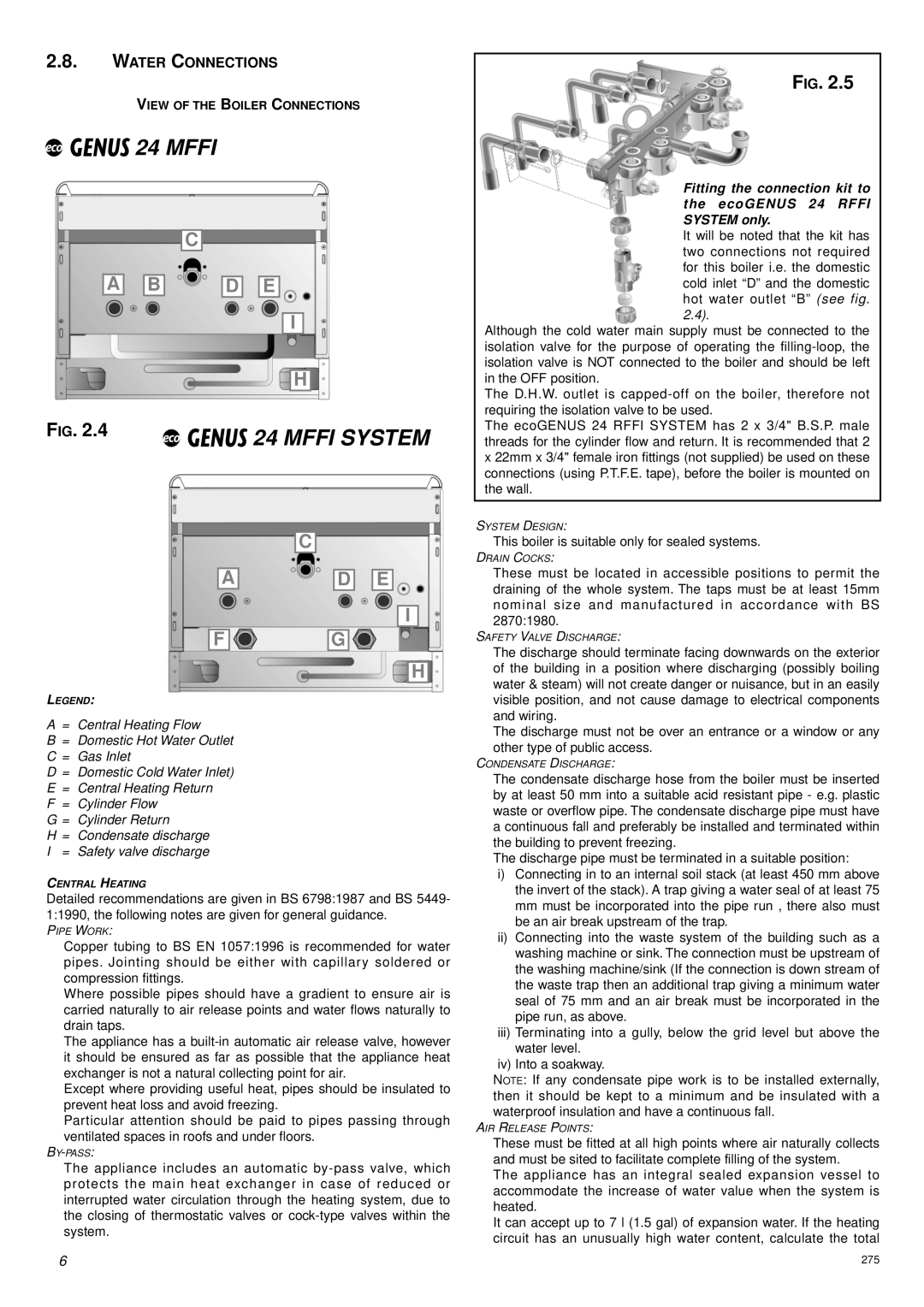47-116-17 specifications
The Ariston 47-116-17 is a blend of advanced technology and user-centric design, setting a new standard in home appliances. This washing machine stands out not only for its robust performance but also for its energy-efficient features, making it a top choice for environmentally conscious consumers.One of the key features of the Ariston 47-116-17 is its impressive capacity. With a drum that can hold up to 7 kg of laundry, it accommodates a variety of household needs, from small loads to larger family washes. This ensures that users can complete their laundry tasks efficiently without multiple wash cycles.
The machine is equipped with a powerful motor that delivers effective cleaning while minimizing noise levels. This is especially beneficial for households where laundry is often done at night or during quiet hours. The appliance operates discreetly, allowing users to run cycles without disturbing the peace of the home environment.
Technology is at the forefront of the Ariston 47-116-17, featuring a comprehensive range of washing programs tailored to suit different fabric types and soil levels. The machine includes specialized settings for delicate fabrics, wool, and heavily soiled garments, ensuring that every item is treated with care. This versatility allows users to maintain the quality of their clothes while achieving optimal cleaning results.
Energy efficiency is another significant characteristic of the Ariston 47-116-17. It boasts a high energy rating, which translates to lower electricity bills and a reduced carbon footprint. The appliance also incorporates water-saving technology, which not only conserves water but also enhances overall efficiency during the wash cycle.
Additionally, the machine is designed with user convenience in mind. Its intuitive control panel makes it easy for users to select the desired programs and settings, even for those who may not be tech-savvy. The digital display provides clear information on remaining wash time, cycle status, and any error messages that may arise.
In conclusion, the Ariston 47-116-17 is a reliable, efficient, and user-friendly washing machine that meets the diverse needs of modern homes. Its combination of capacity, advanced cleaning technologies, energy efficiency, and convenience features makes it a noteworthy addition to any laundry room. Users can enjoy the benefits of powerful performance with the peace of mind that comes from choosing an environmentally responsible appliance.

